Addressing Key Pricing & RGM Challenges in CPG with Actionable Resources
Access the CPG
Resource Library
Welcome to the Revology CPG Resource Library—your one-stop hub for tackling the most pressing Pricing & RGM challenges in mid-market Consumer Packaged Goods.
Whether you’re laying out your 2026 budget plan or looking for immediate ways to protect margins, these resources are designed to help you make confident, data-driven decisions. Each guide, worksheet, tool/code, and framework is rooted in real-world CPG Pricing insights, so you can quickly tackle issues like reactive pricing, trade-spend inefficiencies, questions around price sensitivities, and unclear profit pools.
Our goal is simple: to equip you with actionable Pricing & RGM strategies and capabilities that deliver measurable results. By blending advanced analytics with practical how-tos, we’ll help you strengthen your pricing, optimize promotions, and drive sustainable revenue growth—so you can move forward with clarity and confidence.
Below are the five critical Pricing & RGM challenges we see repeatedly in mid-market CPGs. Each section outlines why these challenges impact your business and how the Revology CPG Library helps you address them.

Inability to Optimize Promotions & Prevent Margin Erosion
How You Can Fix This
Use advanced analytics based on integrated, harmonized data to pinpoint which promotions deliver incremental profit and which lead to leakage.
Simulate various promotional scenarios to forecast ROI and reallocate spend effectively.
Centralize pricing promotional data from internal (transactional, sales and promo planning tools) and external (syndicated data, distributor sell-out, etc.) sources to gain a clear picture of trade spend across channels.
If you keep running promotions without analyzing true ROI, you risk wasting your budget on events that lose money instead of fueling growth. Over time, unchecked margin erosion from ill-informed promotions can threaten overall profitability and make competing harder.
Resources to Use
Solving the 5 Most Pressing Pricing & RGM Pain Points for Mid-Market CPGs Blog- Outlines common pitfalls and success stories to inspire a shift to data-driven promo planning.
Price & Promo Planning Worksheet with Scenario Analysis —This robust scenario planning workbook allows your team to run “what-if” analyses on various pricing & promo scenarios (including competitor actions), revealing potential ROI and margin impacts.
Business Deep Dive Framework- Offers a structured approach to dissecting promotional performance.
Building In-House Promotion Analytics & Optimization Platform - Consolidates disparate data into actionable insights to curb margin leakage.

Reactive Pricing Strategies (Lack of Competitive Insights)
How You Can Fix This
Leverage advanced pricing tools to generate real‑time, proactive insights anticipating competitor moves.
Transition from basic models to machine-learning techniques that capture true price sensitivity.
Use comprehensive pricing guides to build a forward-looking pricing strategy.
Relying on delayed or incomplete competitor information triggers frequent price-matching that erodes brand equity—and margins. When pricing decisions are based on delayed or incomplete competitive data, you’re forced into reactive price cuts that erode margins and brand value. Constantly playing defense means you lose control over your pricing strategy and may fall behind innovative competitors. Without integrated insights, your pricing approach remains perpetually behind the market.
Resources to Use
Price Value Mapping - Provides a methodical way to benchmark and track how competitor pricing shifts impact your perceived brand value.
Business Deep Dive Framework - Through external data integration (e.g., syndicated data, competitor price tracking), the framework allows users to anticipate competitor moves, model “what-if” scenarios, and shift from reactive pricing to proactive strategy.
CPG Business Deep Dive Example- provides frameworks to leverage competitive pricing analytics and dynamic pricing models, enabling businesses to make proactive pricing decisions instead of reacting to market shifts.
RGM Analytics Platform for CPG- Allows “what-if” simulations of competitor moves so CPGs can fine-tune pricing and promotional strategies in advance rather than reactively cutting prices.
Growth Drivers Analysis (Excel, R, Tableau) - Simulates competitor actions (e.g., sudden price cuts) and recommends strategic responses, preventing margin-eroding “catch-up.”

Inability to Measure & Optimize Profit Pools Across the Value Chain
How You Can Fix This
Break down profit margins by channel to identify where value is being lost or captured by intermediaries.
Implement tools that reveal how intended price changes flow through the entire value chain.
Consolidate data from multiple sources to comprehensively view your profit drivers.
Without transparent insights into how margins are distributed among manufacturers, distributors, and retailers, hidden profit leaks can persist. This opacity can undermine your negotiation power and leave money on the table. Over time, the inability to track these flows stifles your ability to reinvest in growth or adjust trade terms effectively.
Resources to Use
Industry Profit Pools - Offer a clear framework for calculating and visualizing margin distribution across the entire value chain, pinpointing where the margin is captured and lost.
Business Deep Dive Framework Calculates price, mix, and volume effects at the customer-product level, revealing margin flows across the supply chain and identifying profit leakages for more targeted negotiations or promotions.
CPG Business Deep Dive Example- Breaks down margins at each distribution step to pinpoint where leaks occur—especially during promotions or cost shifts.
RGM Analytics Platform for CPG - Clarifies how intended price changes flow—or fail to flow—through the value chain. This ensures better promotional discipline, protection against margin erosion, and more effective profit pool management across distributors and retailers.
Growth Drivers Analysis- Breaks down GP changes by channel, product, or customer segment to reveal how margin impacts are distributed and where key leakages occur

Inability to Quantify & Communicate Product Value vs. Competition
How You Can Fix This
Quantify your product’s value through detailed mapping and consumer research.
Create visual, data-driven narratives that clearly communicate your brand’s premium differentiators.
Equip your sales teams with robust analytics to support premium pricing in negotiations with retailers.
If retailers view your products as commodities, you’ll be forced into constant price wars that erode margins and brand equity. Failing to clearly articulate your product’s unique value leaves you vulnerable to aggressive discounting and lost market share. Over time, this devalues your brand and stifles long-term profitability.
Resources to Use
Price Value Mapping - visually represents your product’s value proposition relative to competitors.
Business Deep Dive Framework- Combining elasticity analysis and competitor benchmarking helps CPGs articulate the brand’s unique value proposition, justify premium pricing, and defend against margin-eroding price concessions.
CPG Business Deep Dive Example- Without robust data on consumer preferences and price elasticity, CPGs cannot effectively justify premium pricing or defend against competitive pressures.
Optimizing Product Gross Profit with Price-Value Map - Uses consumer research (e.g., conjoint) to show why each product can command a premium.

Lack of Granular Price Elasticity Understanding Hinders Strategic Pricing
How You Can Fix This
Adopt advanced tools that capture granular, SKU‑level elasticity insights.
Utilize machine learning models to understand cross-elasticities and the impact of competitor promotions.
Apply a layered approach—from traditional linear models to sophisticated ML techniques—to accurately forecast demand.
Using outdated or simplistic elasticity models can lead to broad pricing decisions that miss the nuanced effects on each SKU, ultimately eroding margins. Without granular insights into how price changes impact demand, you risk setting prices that fail to capture true consumer behavior. Over time, this gap in understanding leaves you vulnerable to aggressive competitor tactics.
Resources to Use
Price Testing Guide in Retail- enable CPGs to see exactly how price changes affect sales volumes and margins, both within their own portfolio and against competitors—allowing for strategic, data-driven pricing moves that elevate revenue and profit.
Guide to Price Elasticity Modeling- By offering step-by-step guidance on isolating and quantifying the real impact of price and promotions, this deck empowers CPG teams to overcome outdated or oversimplified elasticity assumptions (i.e. old school linear models)
Top RGM Pain Points for CPG- It equips pricing teams with insights to make precise, data-backed price adjustments that protect margins and boost overall profitability.
RGM Analytics Platform for CPG- Incorporates end-cap displays, competitor promos, and multi-SKU interactions to develop accurate, predictive elasticity models that guide precise, profitable pricing decisions.
Price Elasticity with ElasticNet (Python) Tool - Applies advanced regularization to reveal true price sensitivity for each SKU.
Price Elasticity Using Double ML Tool - Delivers robust, causal estimates of how pricing changes (both yours and competitors’) affect demand.
Price Elasticity - Linear to ML Tool- Guides you through evolving from basic to advanced pricing models, ensuring that your pricing decisions are data-driven and precise.

How to Use These Resources
Run smarter promotions with trade spend analysis tools.
Strengthen pricing decisions using real-time competitive intelligence.
Measure & protect margins across manufacturers, distributors, and retailers.

What is Revenue Growth Analytics?
Revenue growth analytics employs advanced analytics, machine learning, and artificial intelligence (AI) to identify and capitalize on opportunities to boost your company's revenue and profits.
Our revenue growth analytics experts analyze and optimize pricing strategies, sales and marketing productivity, and promotional investments to drive growth.
By analyzing these areas, we can identify actionable insights to refine your strategic revenue growth approach and significantly boost your sales and profitability.
Revenue Growth Analytics Practice Areas
Boost Revenue and Optimize Profitability: Advanced Pricing Analytics and Strategy Solutions for Your Business.
Unlock Sales and Marketing Potential with AI/ML-Powered Analytics Solutions.
Commercial analytics solution for the modern CFO, Chief Transformation, and Strategy officers
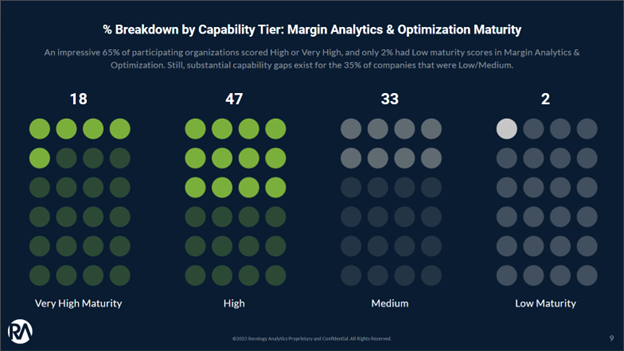
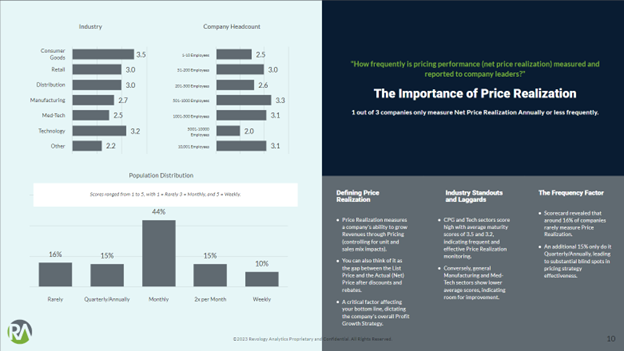
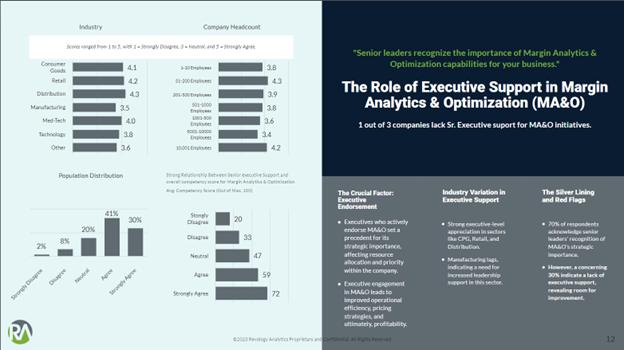
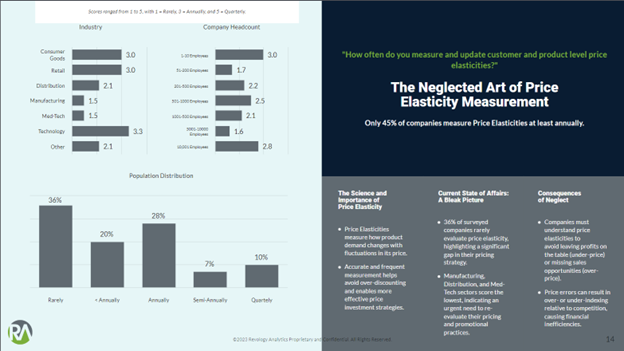
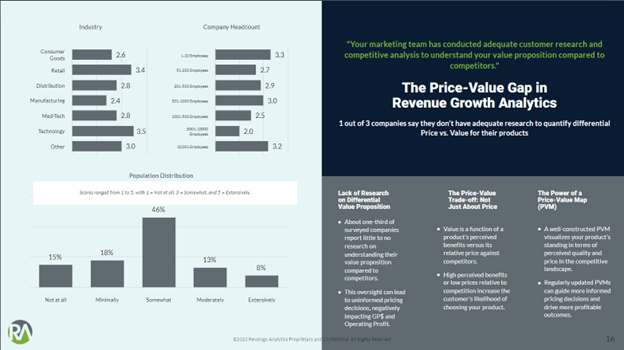
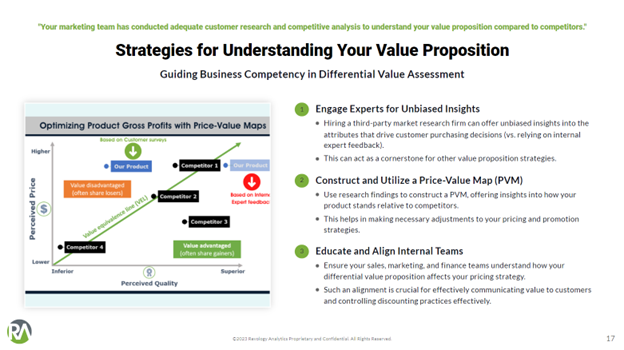
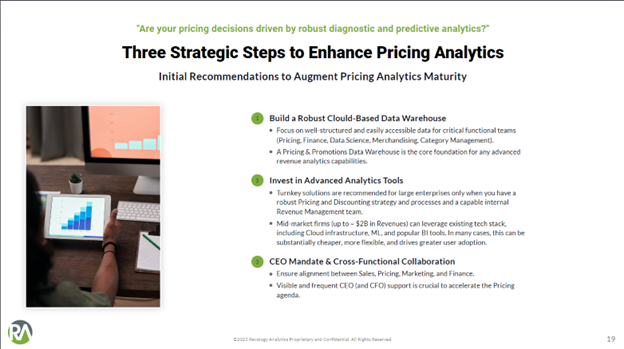
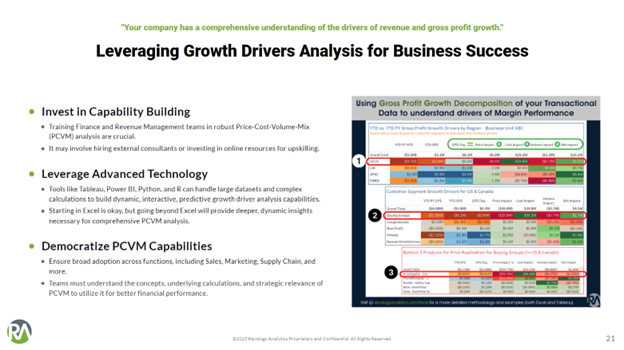
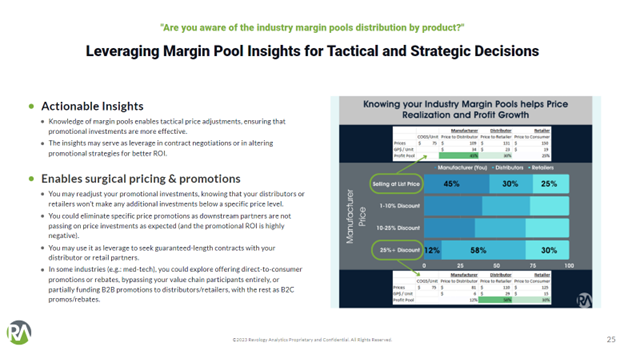
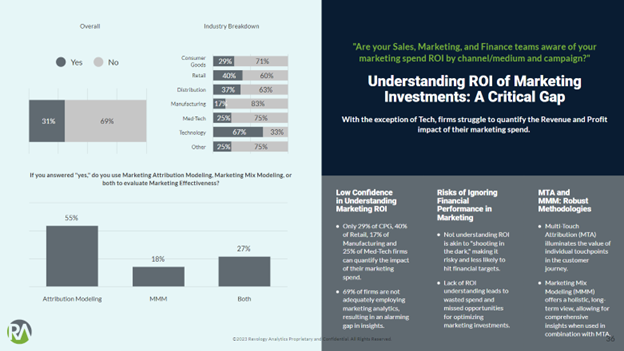
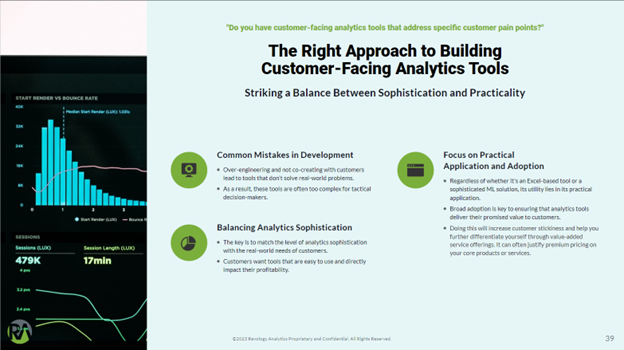
Take the Revenue Growth Analytics Maturity Scorecard
This quiz has been designed to highlight areas of strength & weakness when it comes to your company's revenue analytics capabilities.
Want to know how to augment your Revenue Growth Analytics capabilities to be industry best-in-class?

Let’s Work Together
Have a Revenue Growth Analytics pain point, a question, or a content suggestion? We would love to hear from you.



















